Cham culture has absorbed many great cultures. Among them, the most profound influence is Indian culture. Besides folk songs, idioms, folk songs, nursery rhymes, the Cham people also created the six-eight verse form and the art of Ariya singing. However, due to many reasons, the Ariya singing activity gradually fell into oblivion.
As part of the Project "Preserving and promoting the fine traditional cultural values of ethnic minorities associated with tourism development" under the National Target Program on socio-economic development in ethnic minority and mountainous areas in the period 2021-2030, Binh Thuan Provincial Museum recently opened 2 classes to teach Ariya singing of the Cham people in Phan Hiep and Phan Hoa communes, Bac Binh district.
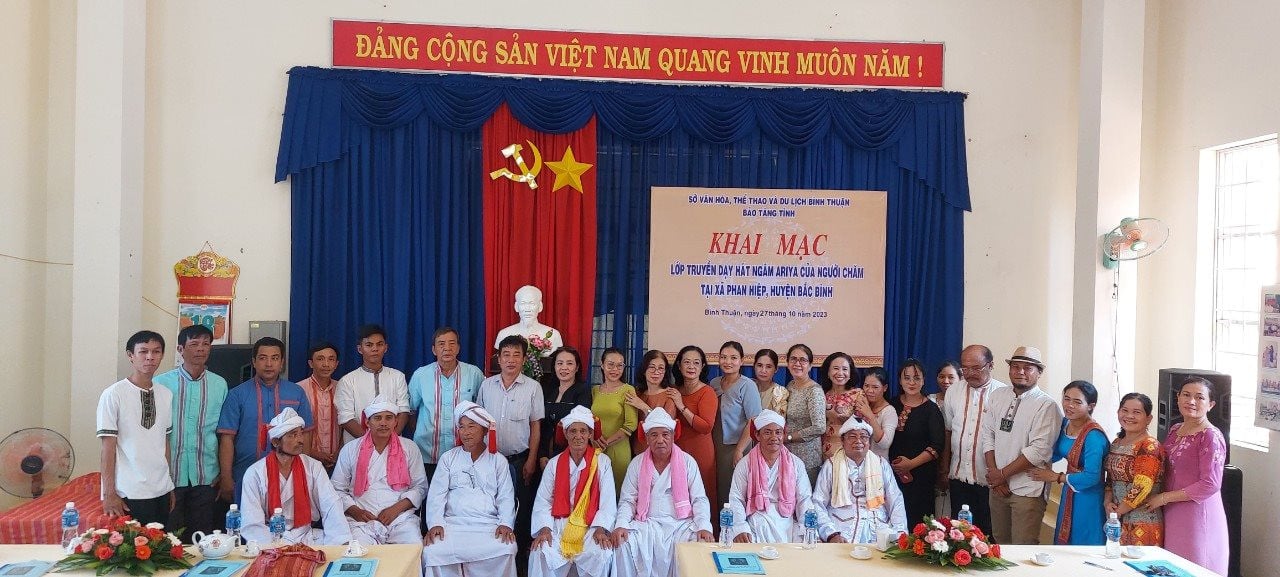
Art genres of the Cham people
Ariya is a type of literature of the Cham people, composed in the form of poetry in the akhar thrah script used for singing and reciting and passed down through many generations by memory, in the form of handwritten text in Cham script. Ariya also provides valuable material for research on the history, language, literature, art, beliefs, religion, society, love and education of the Cham people in Binh Thuan province.
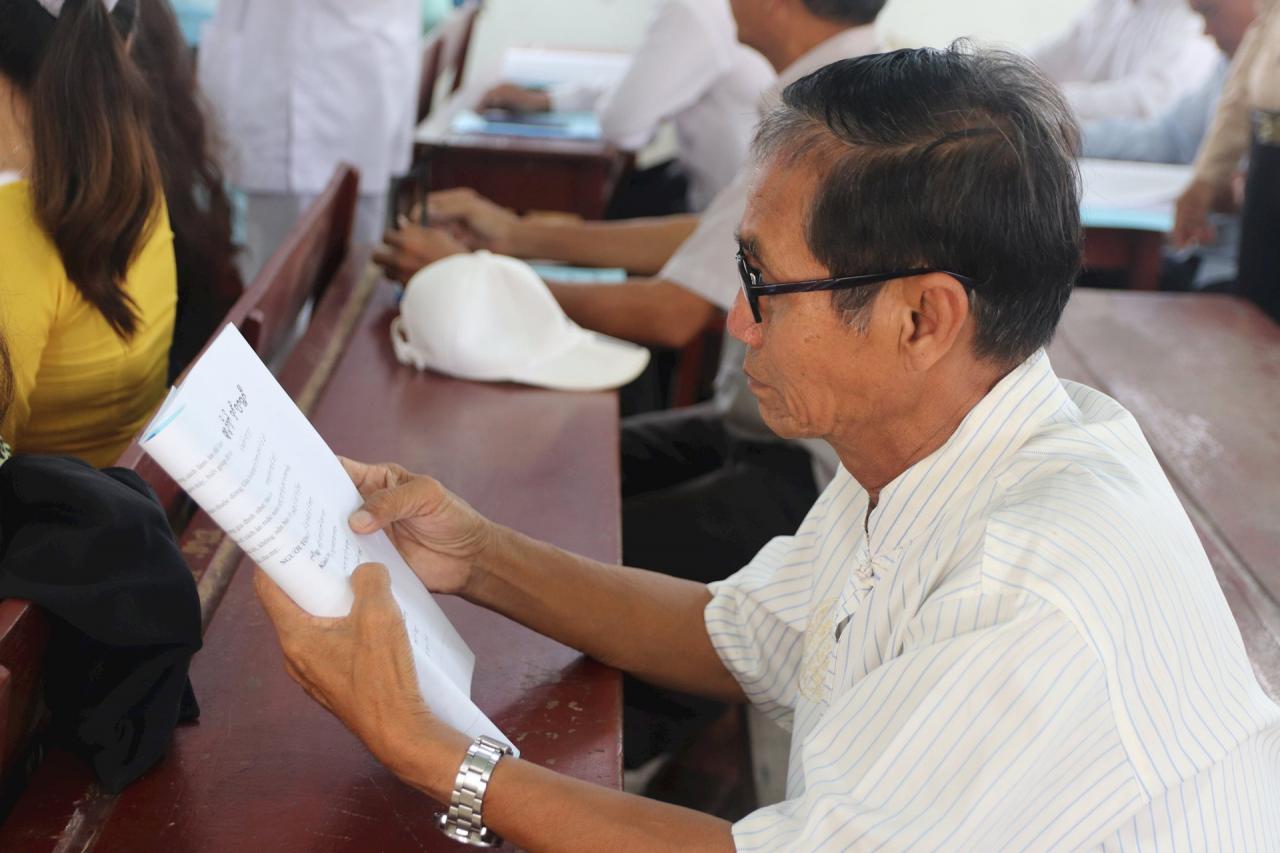
Meritorious artist Lam Tan Binh, a son of the Cham people in Bac Binh, said: Since 1975, through field trips by Cham cultural researchers in the province, it has been shown that the Ariya genre of the Cham people is very rich in content and diverse in singing and reciting tones with a very high folk literary and artistic value. Typically, some Ariya genres contain the content of family teachings, teaching Cham women about their typical personality according to the matriarchal system, or teaching boys to be diligent in studying when they grow up to become good people; how to calculate the Cham calendar to perform religious and folk beliefs according to the concept of Yin and Yang; the eternal faithful love of Cham couples is hindered by the harsh wall of different religions according to the concept of feudalism at that time...
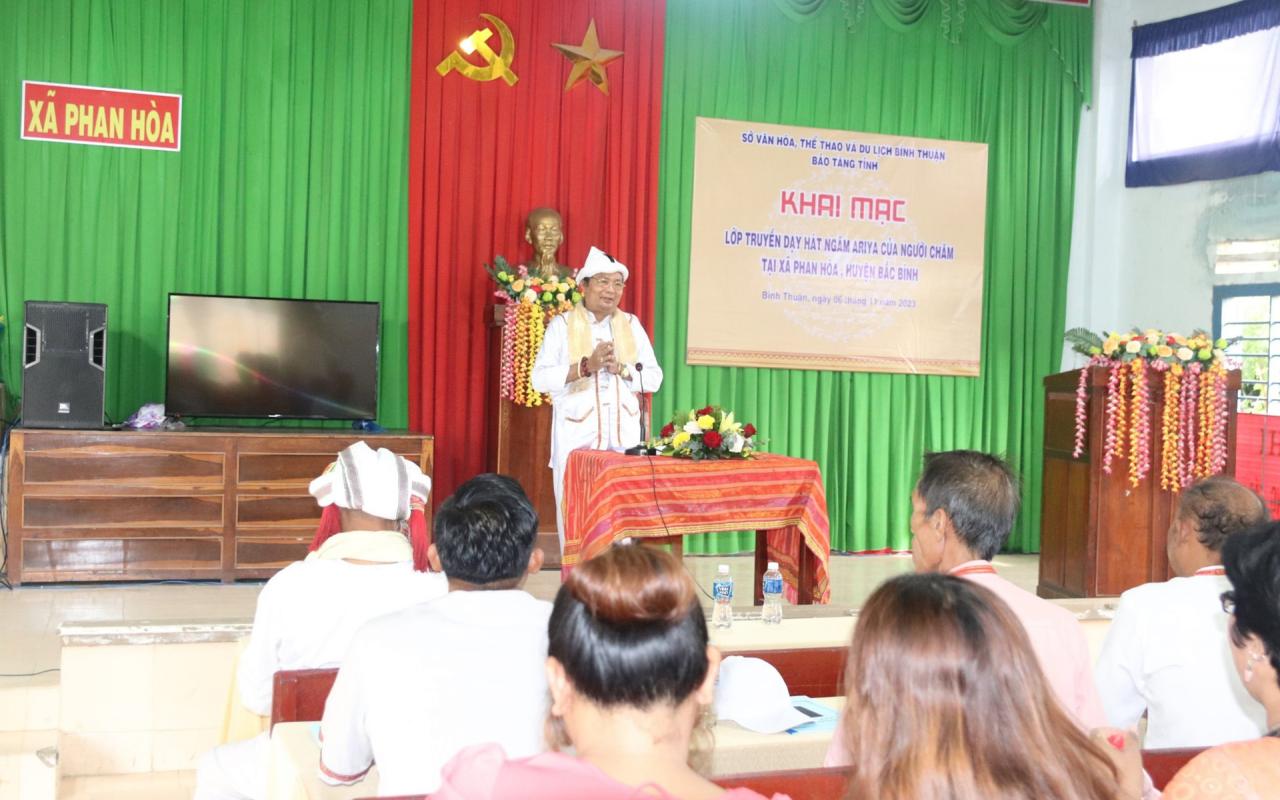
From there, it contributes to educating human personality, awareness of origin, showing filial piety, kindness in dealing with others. It reflects the level and social circumstances in each historical period, creating an emotional element that strengthens solidarity in the relationship between the two religions, associated with educating the pride and responsibility of many generations of Cham people in preserving the traditional cultural values of their ancestors.
Each Ariya tune has a very special way of raising and lowering the pitch. Therefore, even if you do not know Cham, when you sit and listen to an artist sing, you cannot leave. There are melodious melodies that prolong the chanting with passion and gentleness, as if taking people into a world of floating and wandering. There are melodies that rise and fall to express regret or resentment. There are melodies that are like the confidences and whispers of a couple in love...
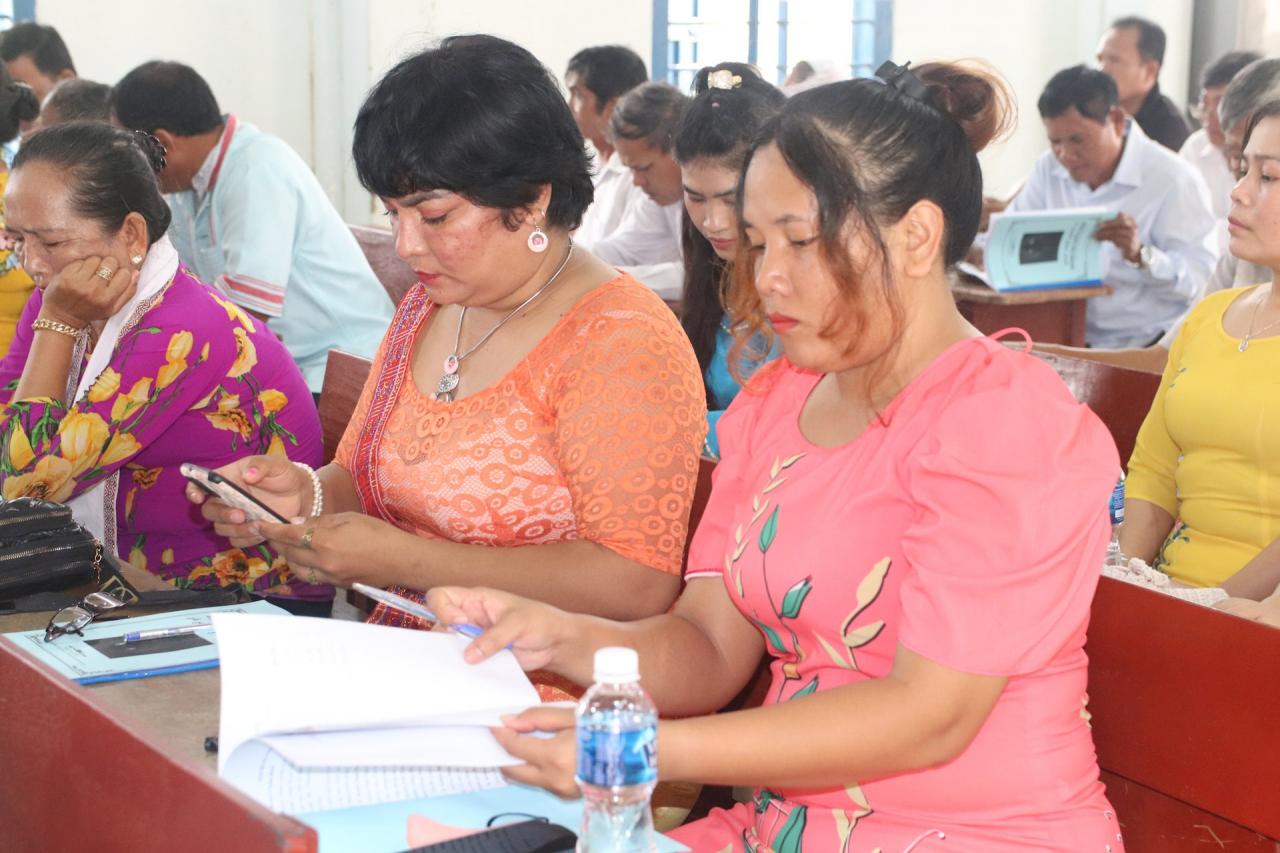
Teaching Ariya Cham singing
In the past, Ariya was very popular among the Cham community. They could chant it anytime, anywhere, during festivals, funerals, during production, after the off-season or every evening. However, following the trend of life development, combined with the impact of many objective and subjective factors, Cham texts preserving Ariya and the artists who know how to chant Ariya are in danger of disappearing.
To preserve and conserve Ariya melodies, in October and November, the Provincial Museum opened two classes to teach Ariya singing of the Cham people in Phan Hiep and Phan Hoa communes (Bac Binh). Mr. Doan Van Thuan - Director of the Provincial Museum said: Ariya of the Cham people is very rich, diverse and has many different topics. Therefore, the Organizing Committee of the class selected a few typical, popular and concise Ariya songs for each type to teach students to easily absorb, bringing the most optimal results. Mainly selected songs that have been translated and published into books. There were 55 students who were children of Cham people in the two localities participating in the class. The class was taught by artisans and people knowledgeable about the art of Ariya singing of the Cham people in Bac Binh, Tuy Phong and Ham Thuan Bac. In addition to direct learning time, students also had the opportunity to conduct field surveys in Cham villages in Tan Thuan commune (Ham Thuan Nam) and Lac Tanh town (Tanh Linh).
Mr. Lam Tan Binh shared: As an excellent artisan, a person participating in research to preserve the Cham folk culture, being invited by the Organizing Committee to participate in teaching, I am very happy and ready to work with the students to fulfill the task of preserving and promoting the traditional cultural values of our nation under the policy of caring for ethnic groups of the Party and State.
This is a difficult genre, but fortunately, in the class we encountered many young students, just over 30 years old, studying. Nguyen Huu Lan Chi (Binh Minh village, Phan Hoa commune) as well as many students all said: The art of singing Ariya is increasingly fading in society, so teaching classes are an effective way for the children of the Cham people to learn from the artisans, aiming to restore, preserve and promote the good traditional cultural values of the nation to avoid the risk of fading, serving the life and activities of the community and contributing to tourism development.
Preserving and promoting Cham folk literature in the form of Ariya poetry will create diversity and richness for the province's literature and arts and continue to implement Resolution No. 33-NQ/TW of the 11th Party Central Committee on building and developing Vietnamese culture and people to meet the requirements of sustainable national development.
Source








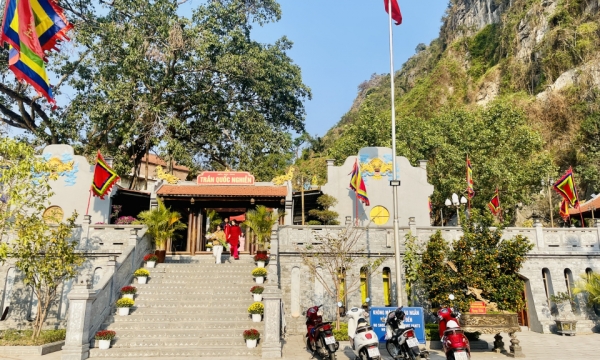
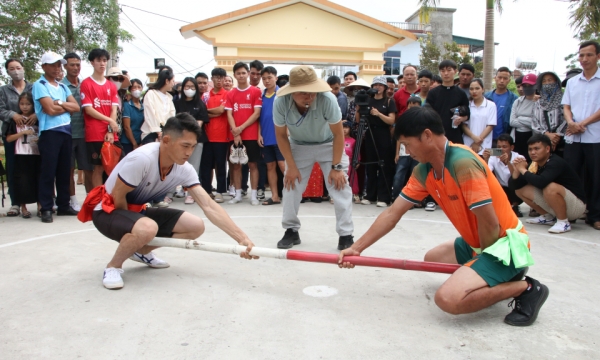
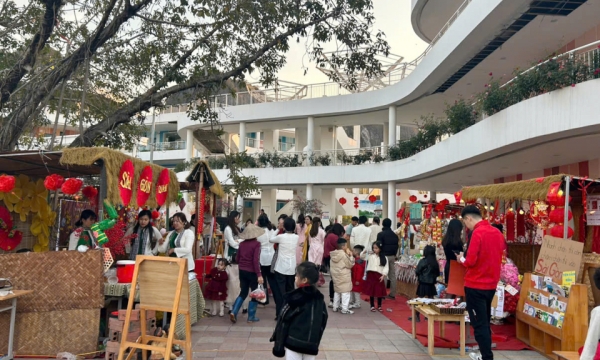
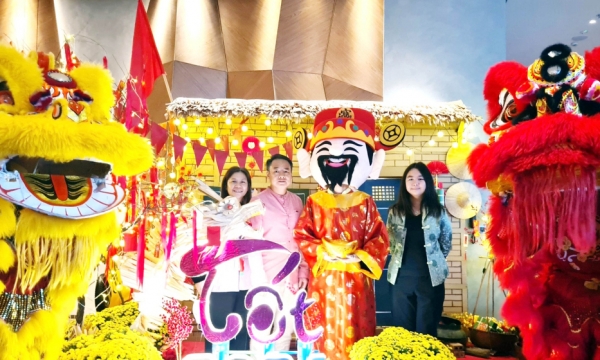

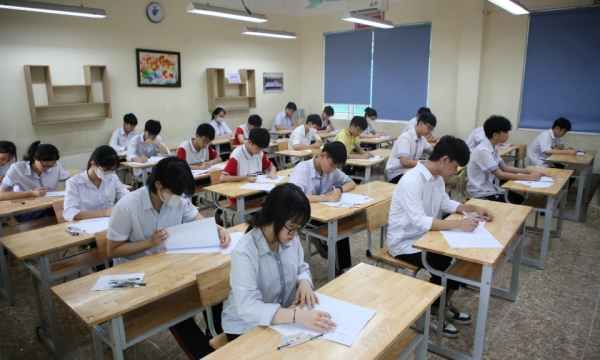








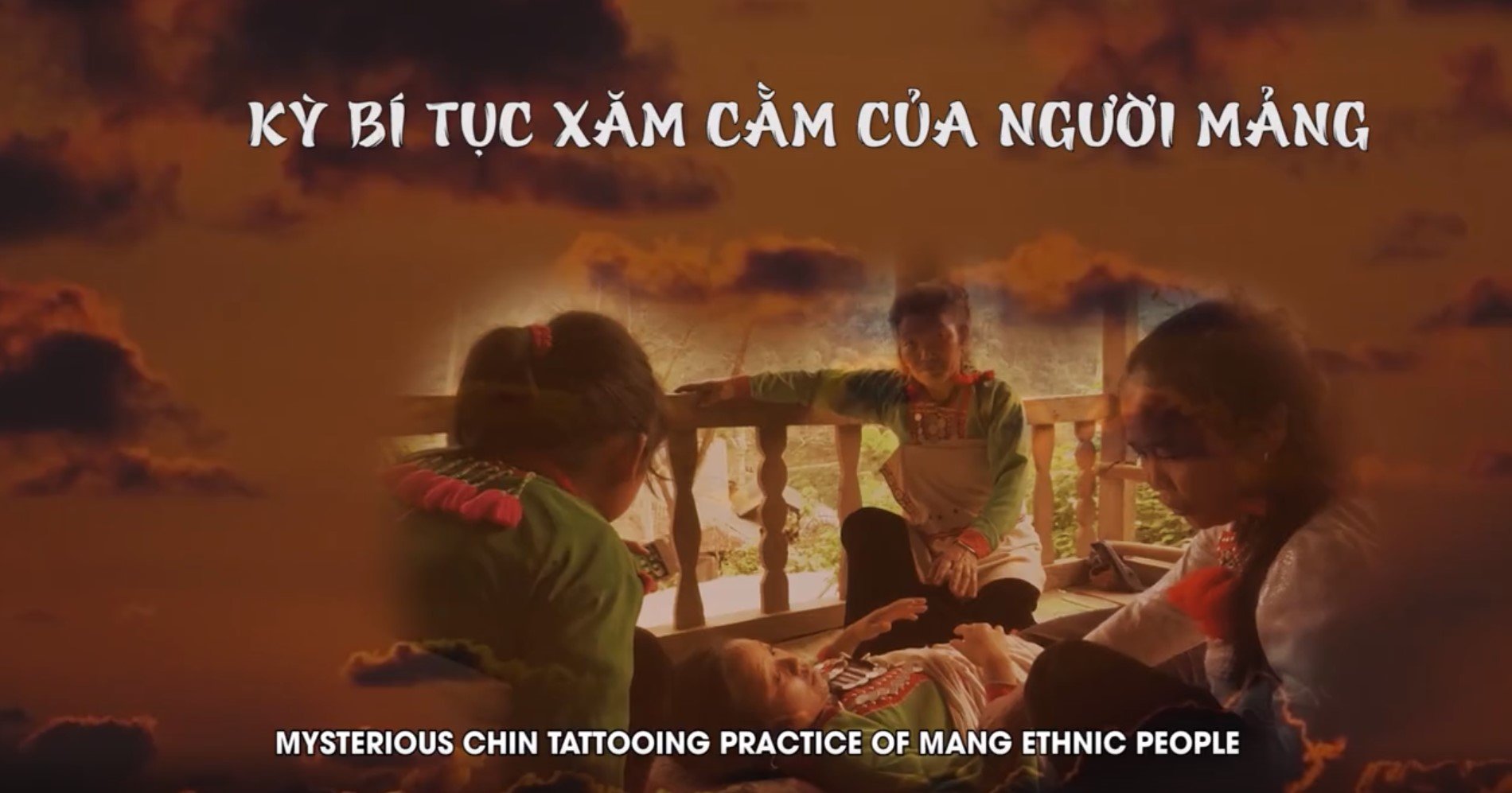
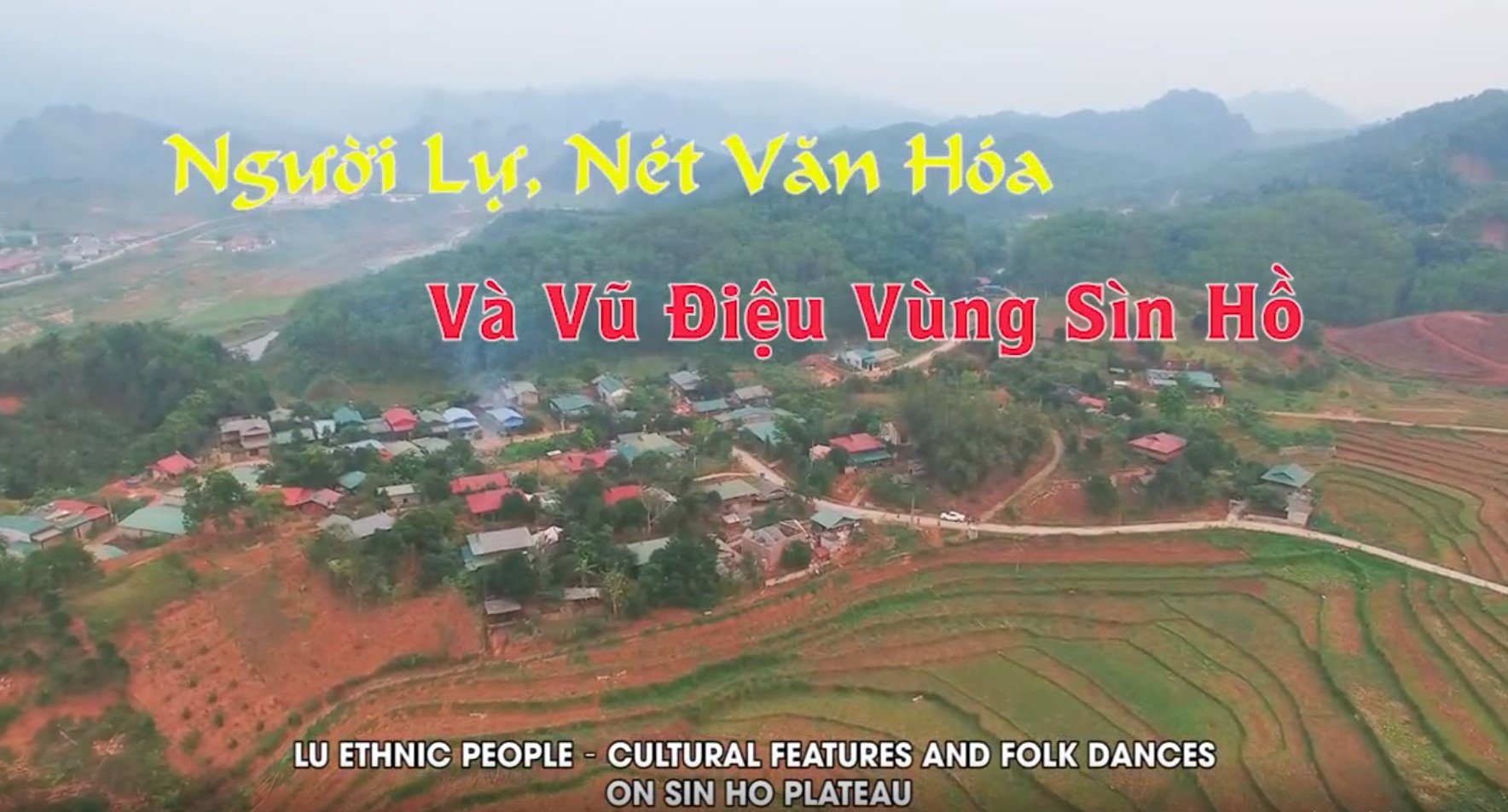

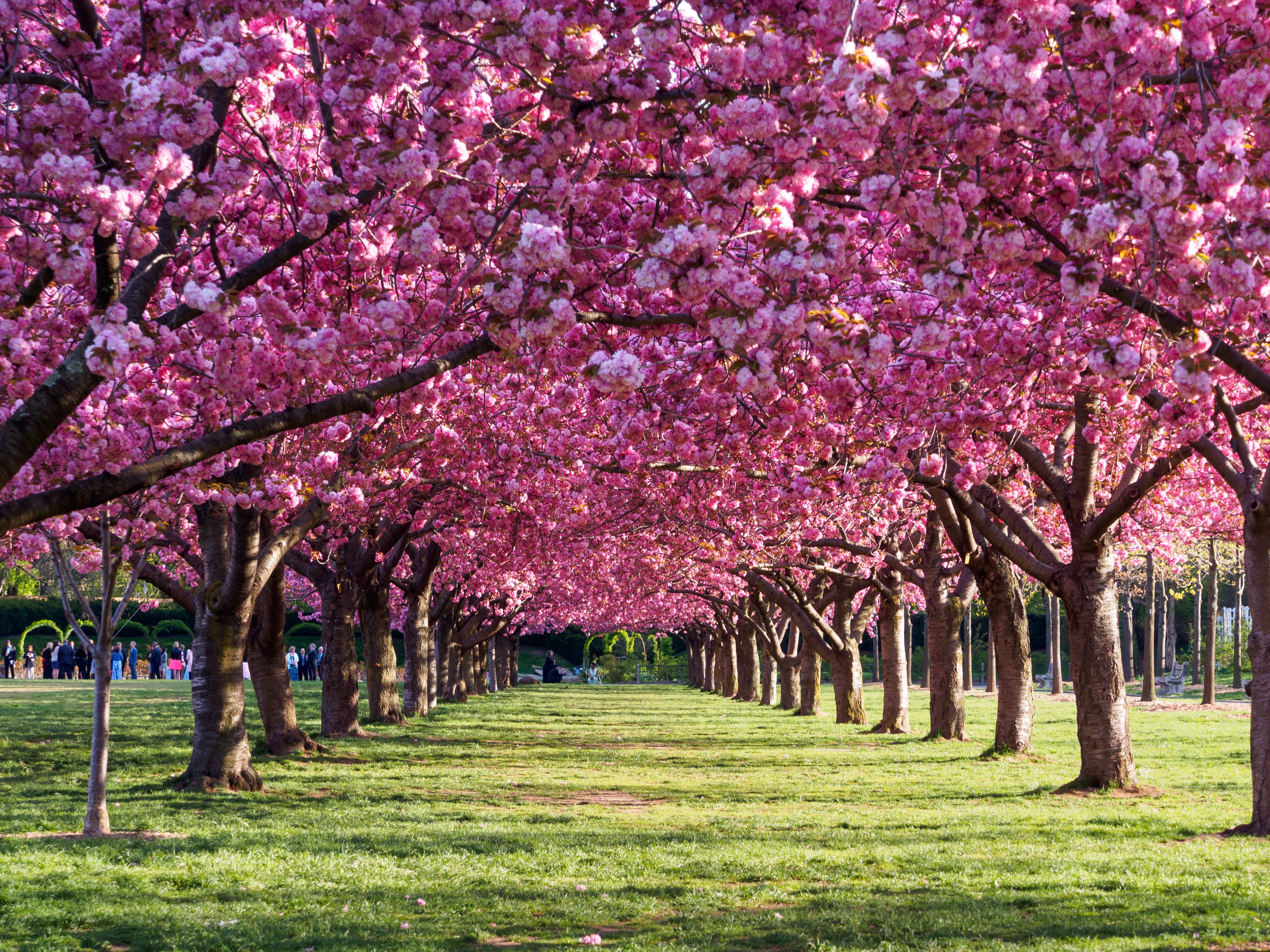
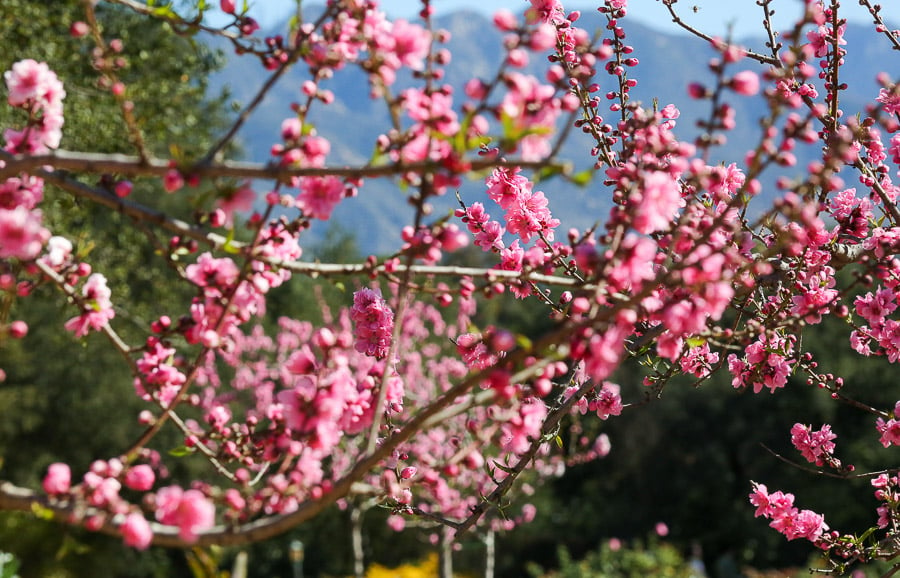








![[Photo] Prime Minister Pham Minh Chinh chairs Government Conference with localities on economic growth](https://vstatic.vietnam.vn/vietnam/resource/IMAGE/2025/2/21/f34583484f2643a2a2b72168a0d64baa)














































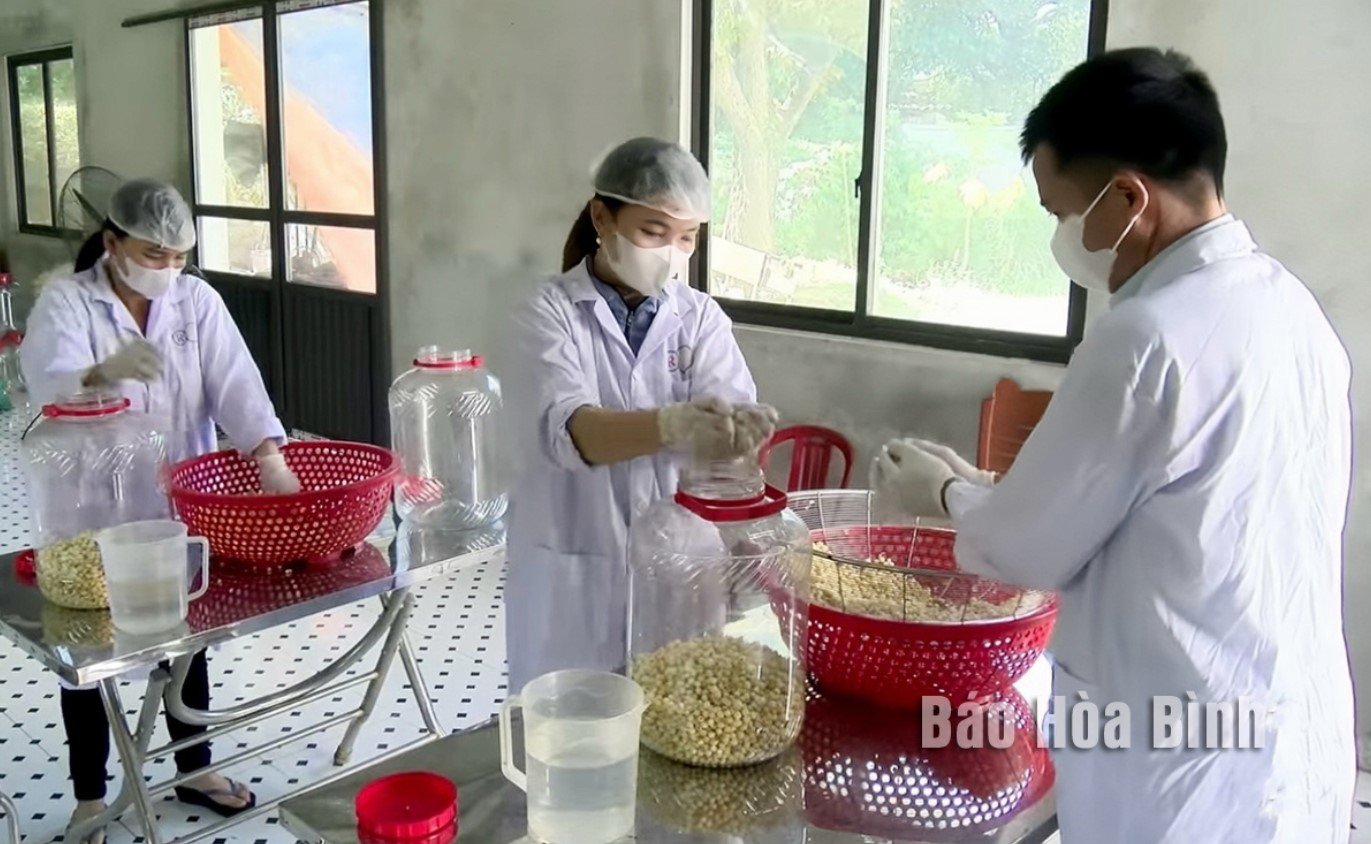






Comment (0)